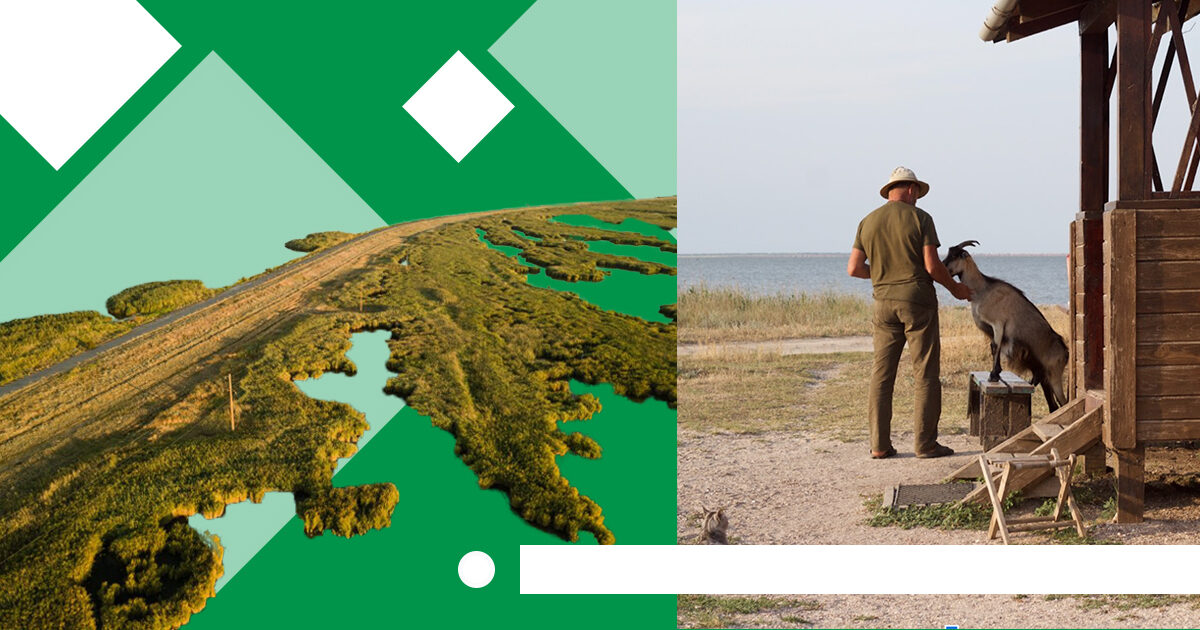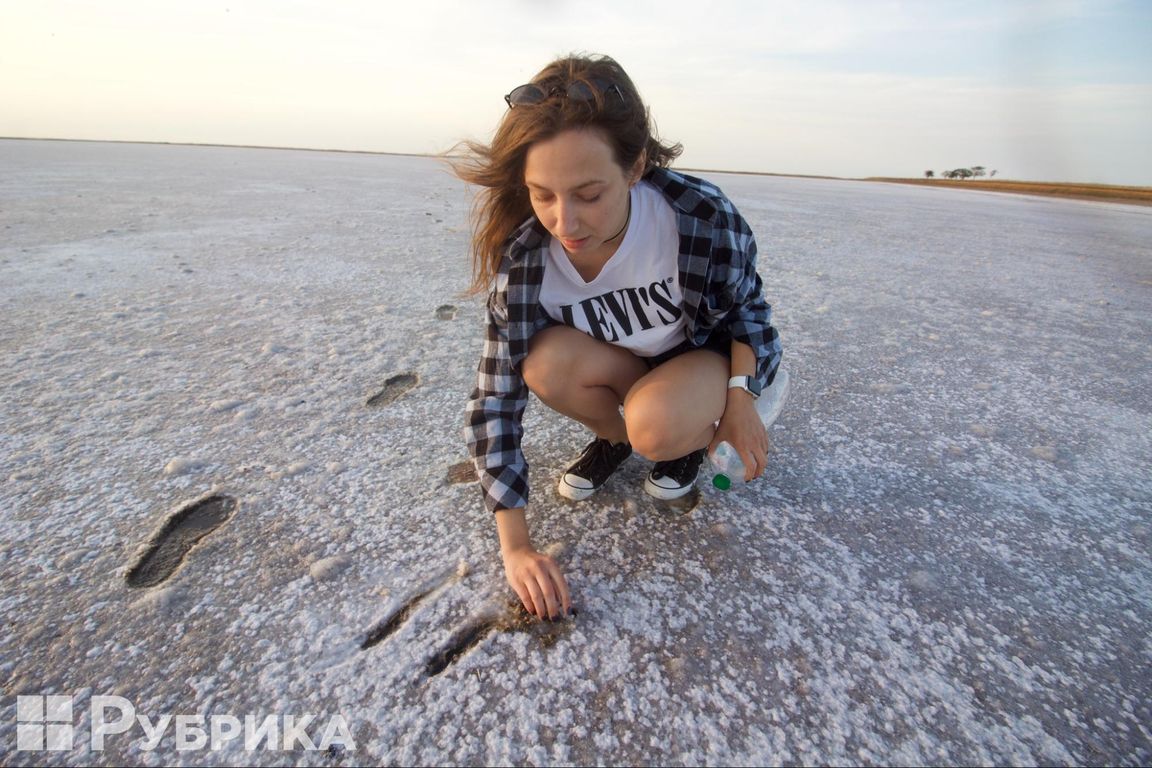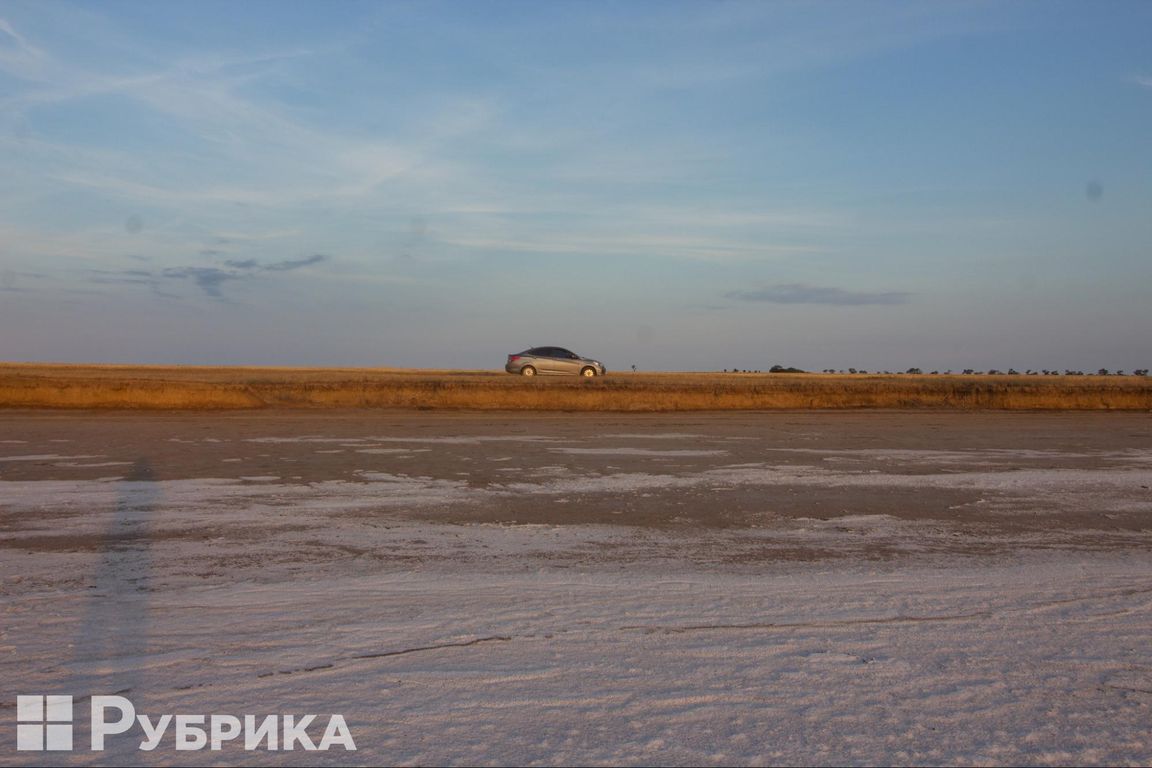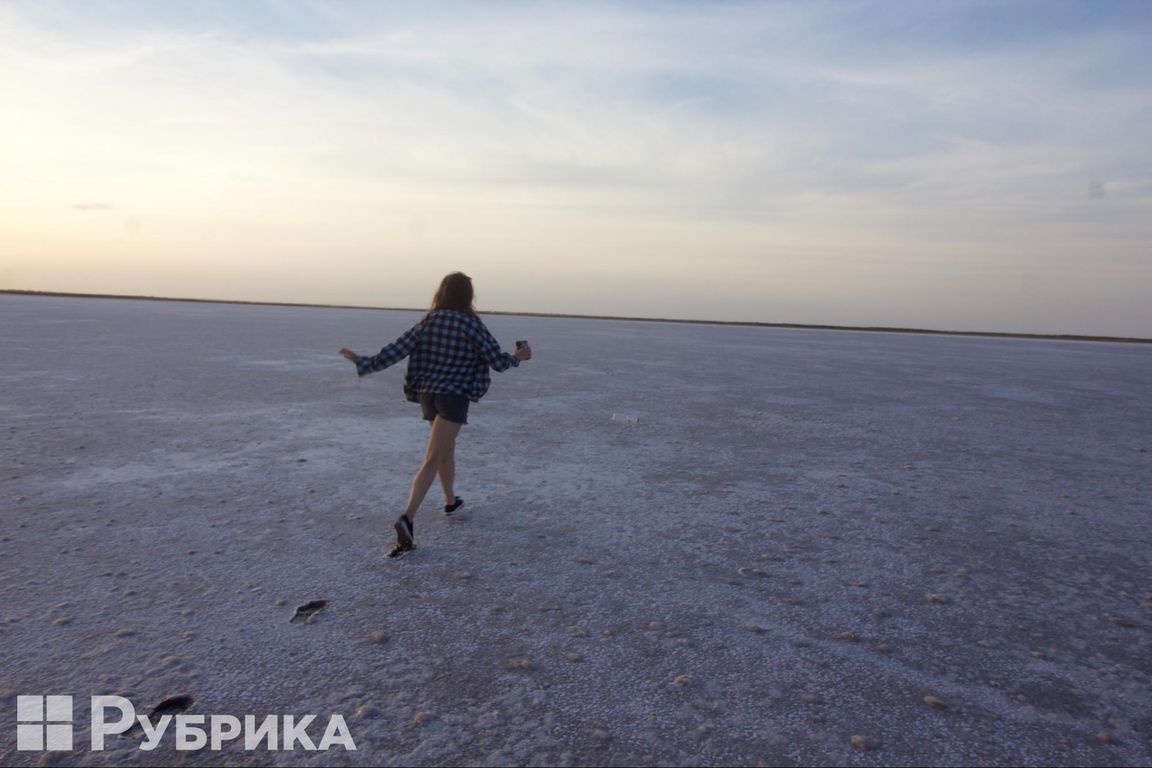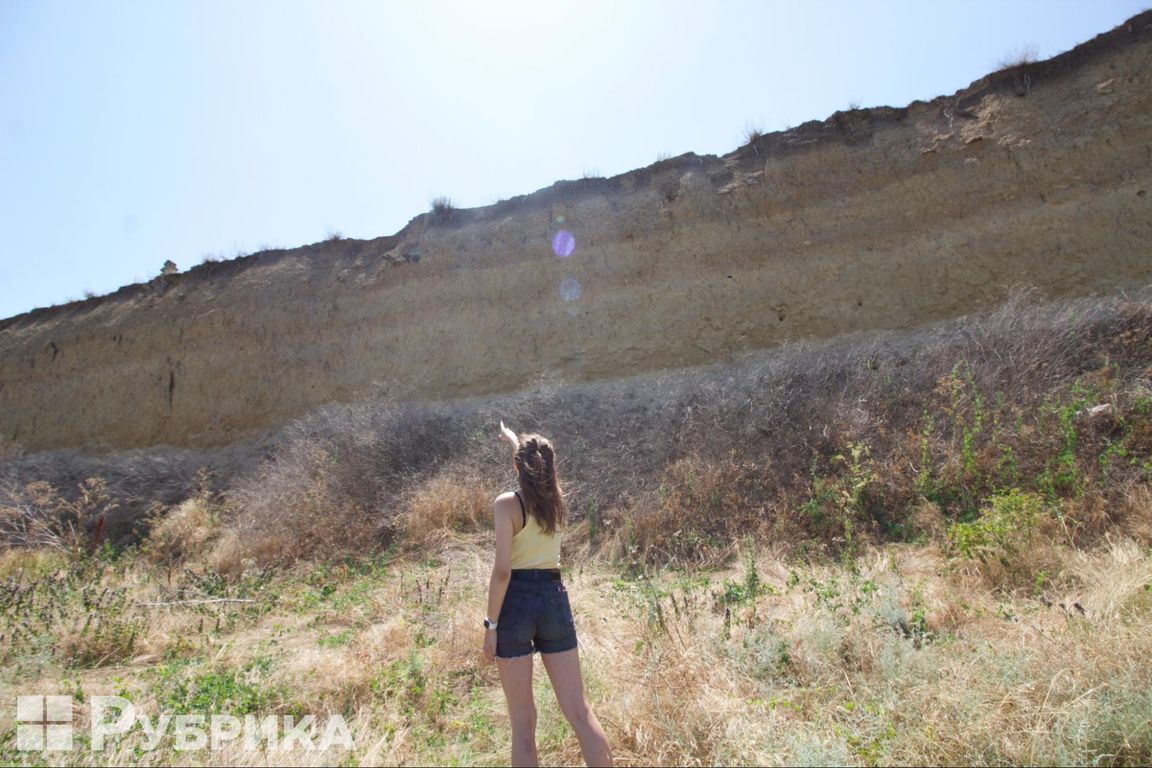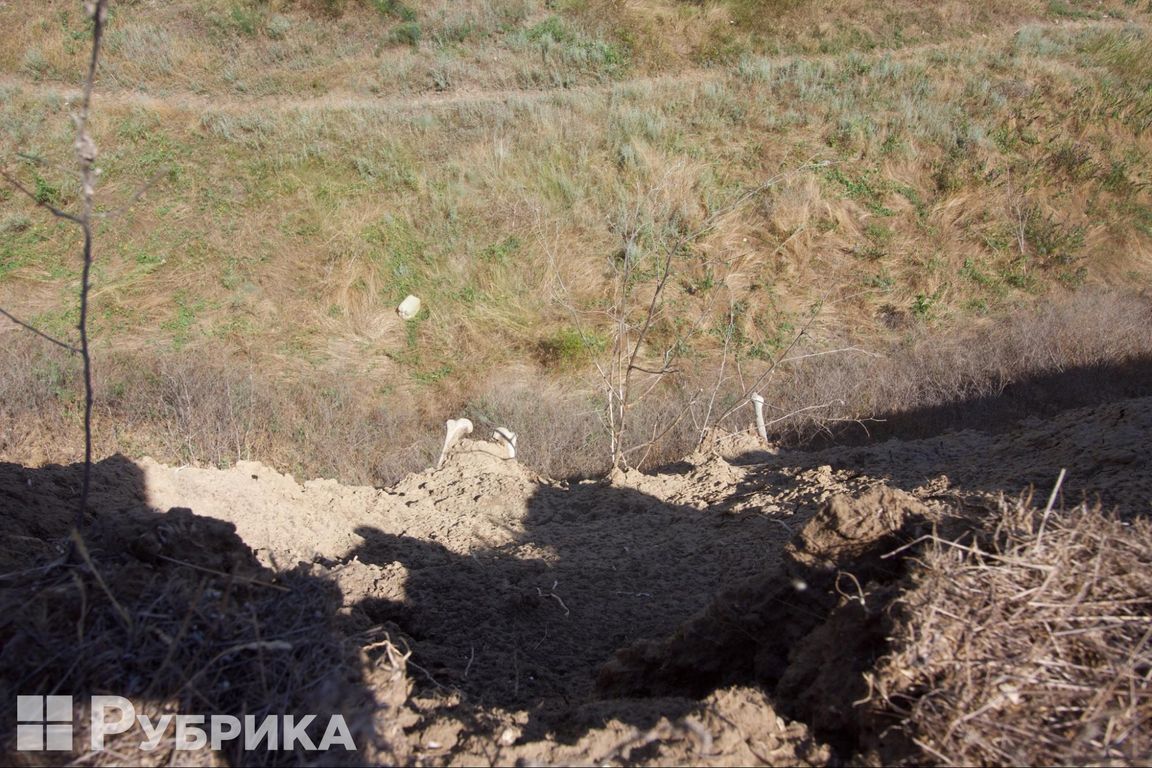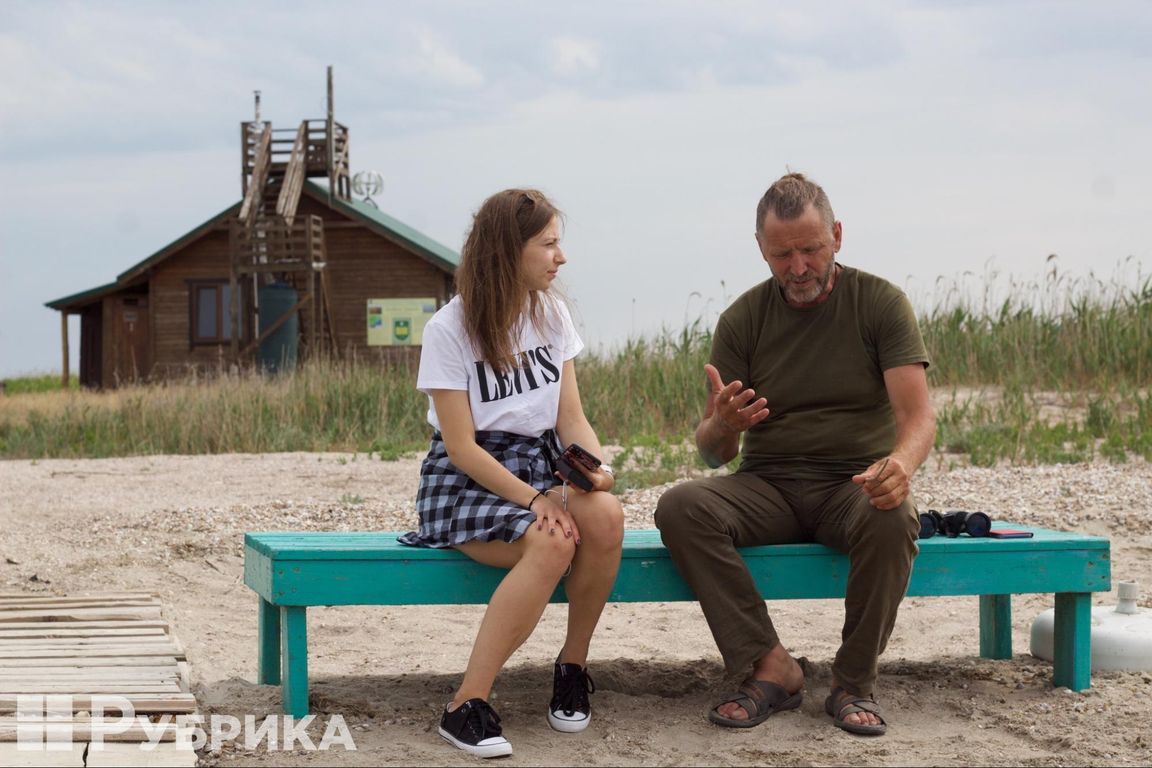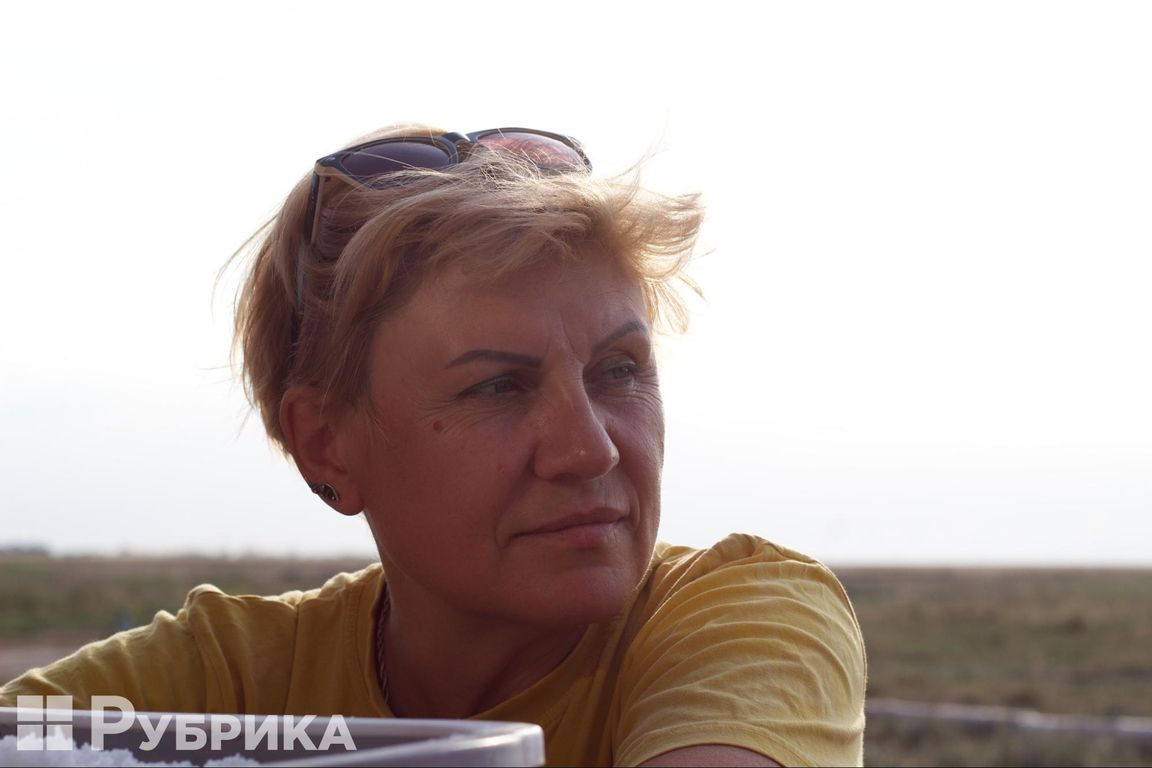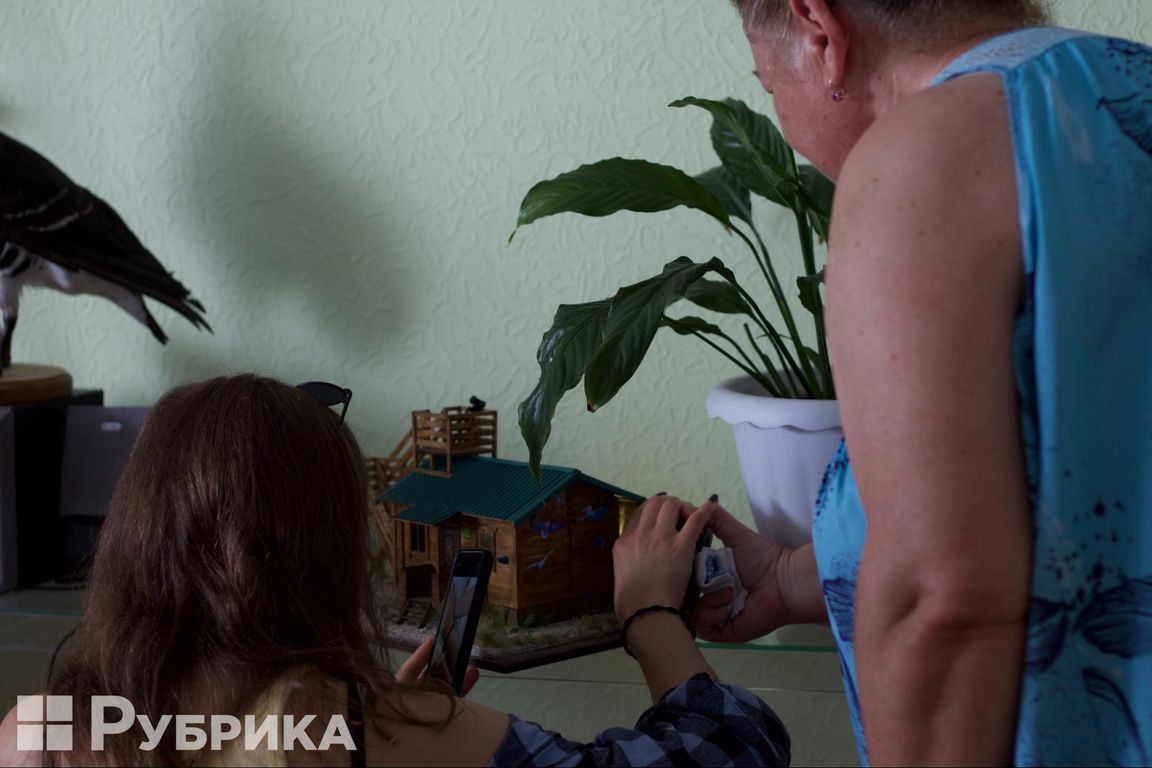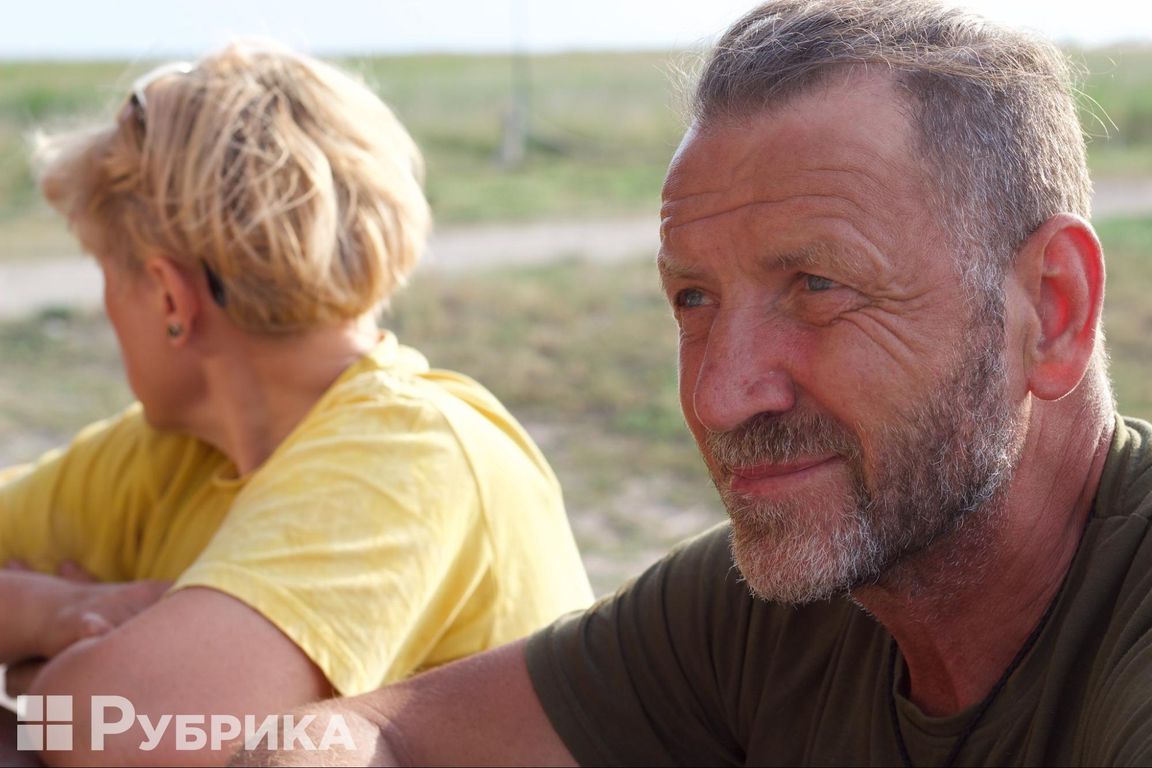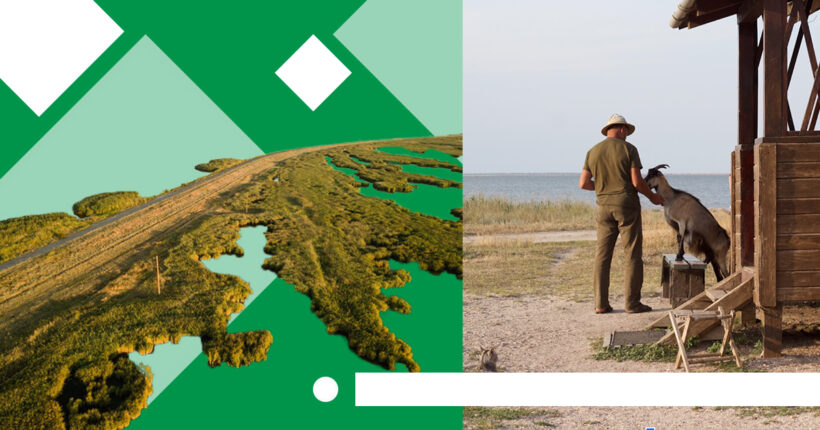
Recently, Rubryka visited the Tuzly Lagoons National Nature Park, now the only national park not occupied by russians, located on the Black Sea-Azov coast.
In a previous article, we raised the problem of the detrimental effect of war on the environment of the park. However, as we know, everything in nature is interconnected, and the environmental problems that existed in the park before the start of a full-scale war have not disappeared, and some have worsened.
Rubryka talked to scientists and experts to find out how to work on solving these problems in war conditions, what actions need to be taken so as not to worsen the current state of affairs, and even more — to help nature recover from hostilities as quickly and efficiently as possible.
What is the problem?
Climate change
When raising the question of global environmental problems, first of all, we always think about climate change. This trend exists worldwide, and it is important to fight it together, in fact, with the entire planet. The melting of glaciers and the annual deviation from the norm of average annual temperatures are recorded in different parts of the world. Ivan Tryfonovych Rusev, the chief scientist of the Tuzly Lagoons National Nature Park, with whom we had an interview on the picturesque shore of the Shagany estuary, states the same:
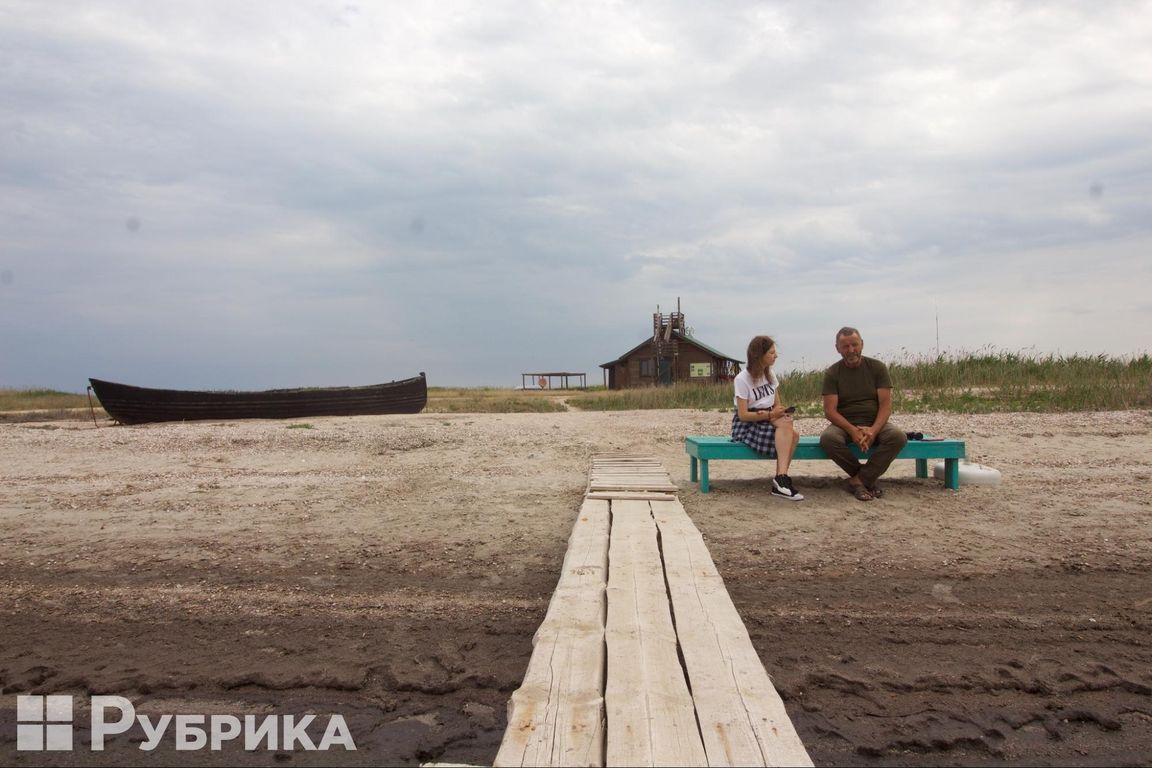
In the photo: Rubryka's journalist, Victoria Gubareva, with Ivan Rusev, chief scientist of the Tuzly Lagoons National Nature Park, on the shore of the estuary
"I can state that the climate is changing," says Ivan Rusev, "although some scientists say that it is warming, and some that it is cooling. But mostly, the climate is unbalanced. It is not as stable as it was in my childhood, 50 years ago. I knew that, in July, it would be rainy and hot, and in September, it would be cool. Now it's hard to predict.
There are many reasons for this imbalance, but it is possible to single out certain aspects. One of them is that humanity has destroyed vast territories that could deposit carbon dioxide, which is the main cause of warming. Now there are arable lands, quarries, and places for other valuable resources extraction, which are then often used in the same industry harmful to nature.
Global warming may kill estuaries
According to Ivan Tryfonovich, if humanity does not globally moderate its appetites, warming awaits us:
"If it is at least 1-2 degrees — there will be a disaster. The Black Sea level will rise. It would be good for us since the water in the estuaries will rise with the sea, but, in general, the drying up of the climate, the disappearance of the steppes, frequent fires that are very expensive to extinguish — all this may await us in the future. It is a problem for humans and biodiversity in general," Ivan Rusev explains.
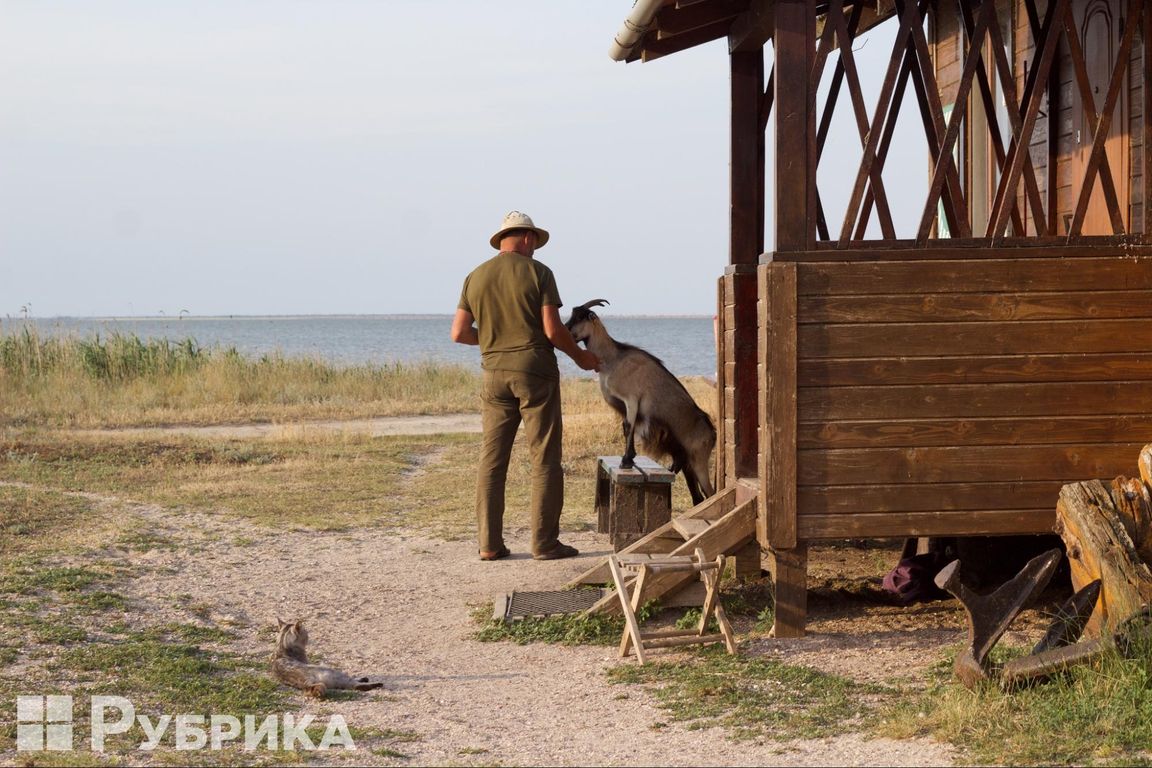
In the photo: Ivan Rusev near the "cordon" — a house on the shore of the estuary for employees and park security services
Speaking more specifically about the estuaries, now everything is moving towards the fact that they are gradually drying up. Ultimately, this may lead to the complete disappearance of the estuaries. The estuaries, including the Tuzly Lagoons National Nature Park, are formations made by the interaction of the delta of small rivers and the Black Sea. When the rivers entering the estuaries were full-flowing, in winter and spring, the water flowed thereinto and filled them so much that it tore apart the sandy barrier between the estuaries and the sea.
"Here, two more or less large rivers and various small ones flow into our estuary, but none of them has water. They are simply destroyed by the man along the basin. For example, one of the river's beds goes to the estuary along the border with Moldova. Everything along this channel along the coast is plowed up, and when it rains, the water does not go into the channel — it just goes into the ground. There is no surface water flow, which is why the estuaries do not receive water during spring and winter, and the sea can only break through the sandy barrier of powerful solar cycles that occur once every 11-12 years. Then there are powerful winds, and they break the sandy barrier opening the access of water to the estuaries.
Now, according to Ivan Tryfonovich, the estuaries are drying up faster and faster. One of the reasons is the acceleration of water evaporation due to high temperatures. Their disappearance will lead to tens and thousands of birds, including species from the Red Book losing their nesting sites.
"These shallow waters are very important for migratory birds," the scientist explains. "There are a lot of bloodworms in this shallow — the red worms fed to aquarium fish. These worms are food for birds and fish. There are a lot of polychaete worms and young mollusks — all this is food for birds and fish. But if the estuary dries up, the shallow water will disappear, and only the deep part will remain. The birds will either fly away or not get enough energy for migration and die while flying. Or they fly to Africa, and only some of them will return.
We also saw a clear example of a dried-up estuary — a vast area once the bottom, covered with a few centimeters of thick salt crust — a vast, white, uninhabitable desert field.
"This desertification will continue until we get on the civilized development rails," says Ivan Tryfonovych.
Of course, the disappearance of the entire ecosystem can be avoided. Park employees work on this every year, "helping" the estuaries to be filled with water, again and again, clearing the sandbanks with excavators. Thus, fish and small crayfish enter the estuaries, and sometimes even dolphins swim there. However, now, in the conditions of a full-scale war, there are some difficulties. For example, the impossibility of going to the sandbank due to possible shelling and mined territory, as well as the lack of personnel because most park inspectors are now in the army.
Poaching and human influence on nature
Climate change and the drying up of estuaries are far from all the national park's issues. The most damage to nature, unfortunately, is caused by man. Poaching and people's insatiable appetite for the depletion of natural resources can seriously harm the environment.
An anti-example of human impact on nature is the "Sasyk" estuary, which is not part of the National Park. We were told about it in the Tuzly Lagoons National Nature Park office, but for the first time, we heard about the estuary from Tatarbunar residents, who told us about the "scorched" salt fields.
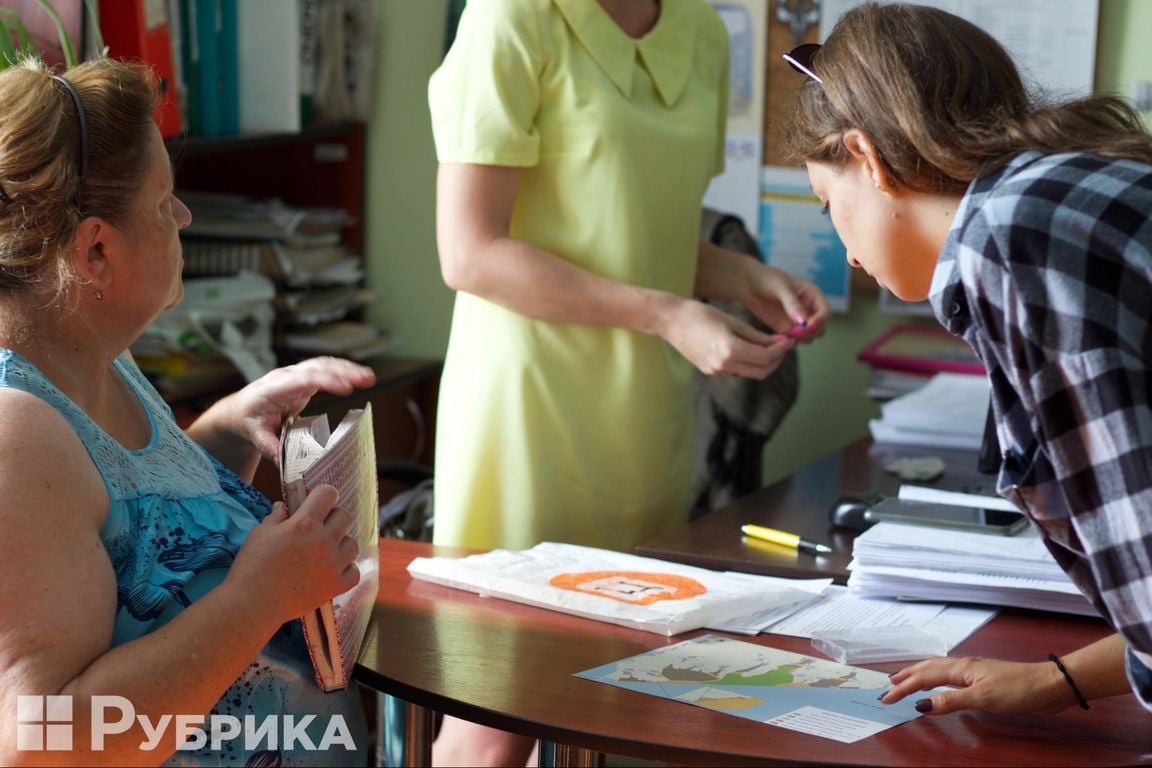
In the photo: Tuzly Lagoons National Nature Park employees show on the map where Lake Sasyk is located and the fields that are now unsuitable for agricultural use
"During Soviet times, this estuary was tried to be desalinated to create a field irrigation system. They built a dam between the estuary and the sea. But the salinity of the estuaries is twice as big, and sometimes even more than the sea one — it is very hard to desalinate them. Something went wrong, and now the fields, which were irrigated with water from Sasyk, are unsuitable for growing anything — too much salt got into the soil," the park inspector, Elena Mykhailivna, told us.
Rubryka visited the shore of this estuary — it is rather famous for its banks. There used to be a cemetery on the cliff near the estuary; the burials date back to the end of the 19th century. Now unfortified banks are collapsing along with ancient graves, and human bones can be seen sticking out from the shore. The water in this estuary is practically fresh — the dam is still in place.
Another problem is illegal fishing. Poachers set nets in the sea in this part of the lake — for turbot flounder. You can easily find this fish on the menu of almost any restaurant in Odessa. But know: the price of a caught flounder could be the life of a dolphin:
"Dolphins often get entangled in poaching nets and die because they cannot rise to the surface to get air. Meanwhile, dolphins are in the International Red Book, and fishermen or poachers are scared of a big fine for killing a dolphin. It is difficult to untangle the net, so the fishermen cut off dolphin's fins and throw the bodies into the sea, and later we find them," Rusev explains.
However, later Ivan Rusev adds that with the beginning of the full-scale war, poachers disappeared, and abandoned dolphins with traces of nets were no longer found in Tuzly Lagoons National Nature Park.
"Now, there is a large number of military personnel from the Armed Forces of Ukraine who also protect the park, even though our employees of the State Security Service are mobilized — border guards and SSU. There are limitations. Therefore, such a factor as poaching is actually minimized," explains Iryna Mykhailovna Vykhrystiuk, director of the Tuzly Lagoons National Nature Park.
It will continue as long as there is a ban on entering the sea, and it is quite possible that after the end of hostilities, the problem will resume.
What is the solution?
We need more nature reserves and national parks
During peacetime, during the last few years, during the warm season, tourists could come to Tuzly Lagoons National Nature Park and relax in the wild: swim in estuaries, enjoy nature, and watch birds and local animals. As you have already seen, the landscapes here are excellent — they are our national heritage. But the park was not always like this:
"When I came to manage the park in 2015 as a director, I saw that 80% of these territories were simply stolen. That is, local farmers simply divided this territory. And the police and the inspectorates watched this through their fingers. These territories were taken from nature, from the National Park, from the state, from all Ukrainians. We had to fight to win these lands back.
The wooden house, which, by the way, fully functions on green energy taken from solar panels and a small windmill on the roof, was built here not by chance. Before its appearance, the water area territory was favored by poachers. Hunters shot rare birds that hid in the reeds. The site was filled with rusty wagons and littered with piles of garbage. All this, says Ivan Tryfonovych, was cleaned by the National Park staff on their own, together with volunteers. Nature had to literally "reconquer" :
"We brought volunteers from Odesa, 20-30 people, for a day or two. We even fought with violators. We decided to create a place with a border. There are two inspectors controlling the passage to the protected area, 4 km from here. No one can be there, so the only way to enter is from here, and we control it," says Ivan Tryfonovych.
"We built this house on a plot that was the most problematic in the park at the time," recalls Irina Mikhailivna. "Poaching was a mass phenomenon — they were hunting here for the whole year. There was no road to get here, and there were no resources to control everything. There was constant stress. It turned out that this estuary has the largest number of birds in the winter period, especially those wintering here. For example, the same pheasant listed in the Red Book. There were constant skirmishes with hunters. Nothing could be done about it. We arrived and removed the nets from the water area, but a large number of fishermen ran by, and skirmishes began. They were terrible situations…
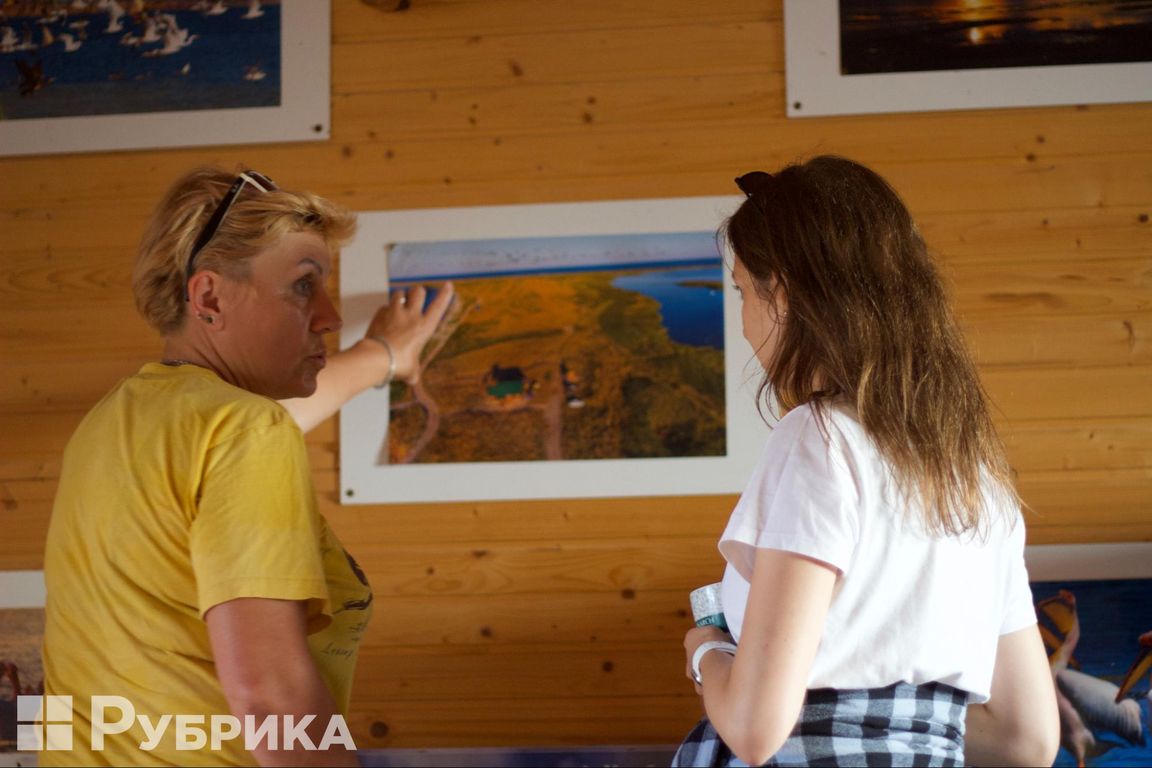
In the photo: Iryna Vykhrystiuk shows the most problematic section of the Tuzly Lagoons used to be. Now there is a house for employees there — you can see it in the photo.
Then it was decided to place a permanent duty and observation point for the State Security Service and the Scientific Department here. Now, the scientists come here once a month for a week and a half to observe and conduct scientific measurements. Sometimes journalists and other guests stay in the house. Rubryka was also invited, and we cannot help but share these impressions: a scientific atmosphere literally reigns here, photos of birds and landscapes taken by Ivan Rusev are hanging on the walls, and a large tripod, it seems, is already one of the attributes of the place.
"You see a house on the map. Here is the Small Sasyk estuary, here is the Shagany estuary, and here is actually the Black Sea. We control the territory, which is very important because the biodiversity is y big here. After the border appeared, six months later, we saw a positive bird trend. Then, wild boars appeared, and now we see roe deer, although last year hunters still killed one," shares Irina Mykhailivna.
After the appearance of the house and proper protection of the territory, the ecosystem gradually began to recover.
"We have a plot of land here. There were about 5 meters of untouched land 5 meters from the water — people stole the rest and made arable land there," Rusev shows. "Three years ago, we pushed them back along the borders of real land, and we have been watching the steppe for three years now as it recovers. The recovery process is long. It takes at least 10 years for the main plants forming the shape of this area to appear. That is why it is so significant for us to create national parks, and reserves, where a natural ecosystem will live, which will deposit carbon dioxide, which is very important for climate change and will support biodiversity.
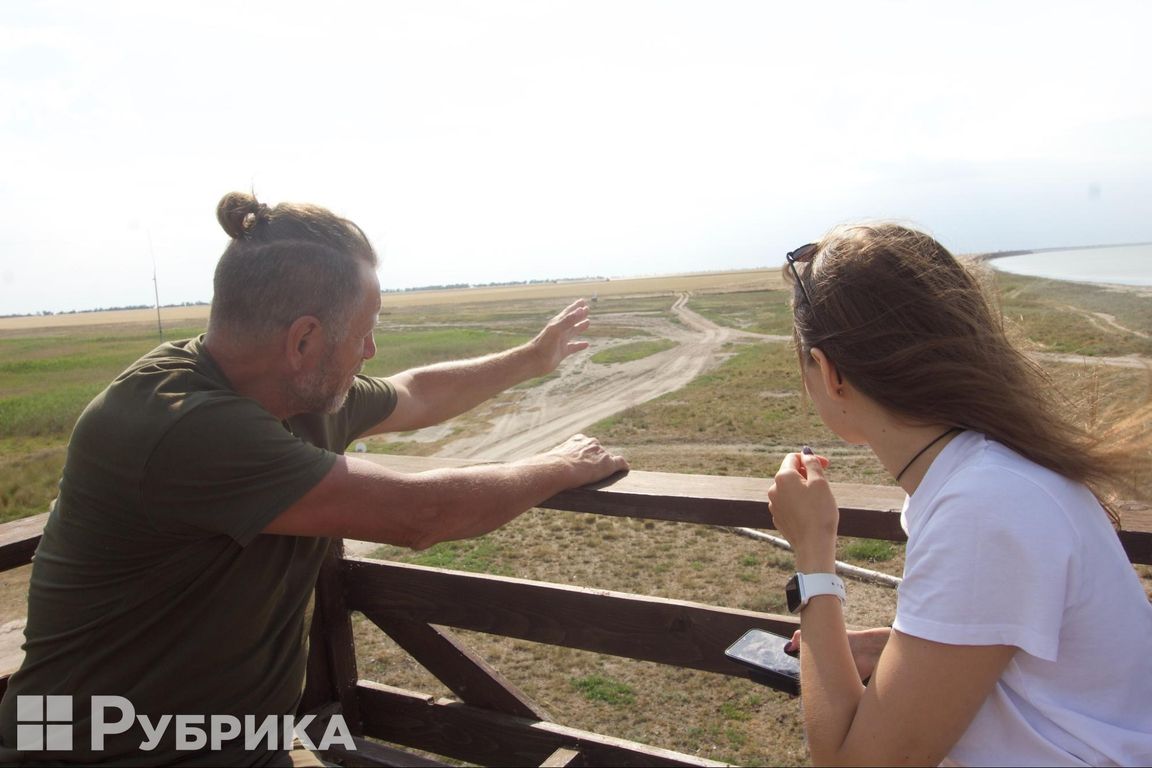
In the photo: Ivan Tryfonovych shows what territory was stolen from the park by farmers. Previously, the border passed near the road, which can be seen in the right part of the photo.
But to create and maintain such reserves, resources and scientific support are required. Such an experience is necessary for Ukraine, and we need to learn from someone.
"Twins" for Ukrainian reserves and natural parks
National parks employees in Ukraine keep in touch and exchange experience and knowledge. Thus, Tuzly Lagoons cooperated with the Pryazovskyi and Halytskyi national parks and the regional one — Dzharylhach spit.
So far, there are no established contacts with foreign parks, but Ivan Rusev shared that he was planning to choose a "sibling park" abroad.
"Should there be a park with similar natural conditions as yours?"
"Yes. Preferably technological and innovative. But while the war is going on, the main thing is to survive and win, and the rest will come later. If we win, and we will, for sure, we will have a great future in this park. True, it is hard to cooperate with local officials. If you are principled, it is difficult to develop. When I came, it was very difficult to make the park operate legally. There are problems everywhere — the prosecutor's office, the cops, the fish inspection, everything is corrupted. It is hard to make a European-type park. The main thing is the rule of law. We hope that the situation will change.
For now, volunteers are helping to defend legal rights in the parks. For example, the charity organization Green List in Odessa won a grant to support the Tuzly Lagoons National Nature Park in the courts through the Embassy of the Netherlands. Now, they pay for the lawyer, transport trips, and support the park in all legal proceedings.
Teach future generations to treat nature with care
"National parks, for example, in Canada or the USA, are very much appreciated there. We do not have such a culture yet," says Ivan Rusev.
But the park has a solution: the Tuzly Lagoons National Nature Park employees are actively working to teach Ukrainians from childhood to appreciate and develop the natural heritage that we have inherited. It should be noted that adults often want to participate in this process since the concept is not like boring school lessons but a tempting adventure. In the summer, even in the "pre-Covid" time, entire expeditions were carried out for children where they explored the world of wildlife with Ivan Tryfonovych, cooked food on fire, and enjoyed spending time in the Tuzly Lagoons National Nature Park to the fullest.
And, although now, due to quarantine and the outbreak of a full-scale war such sorties have become unsafe, the park continues its mission. In this, he is helped by an employee Yulia from the Department of Recreation and Environmental Education.
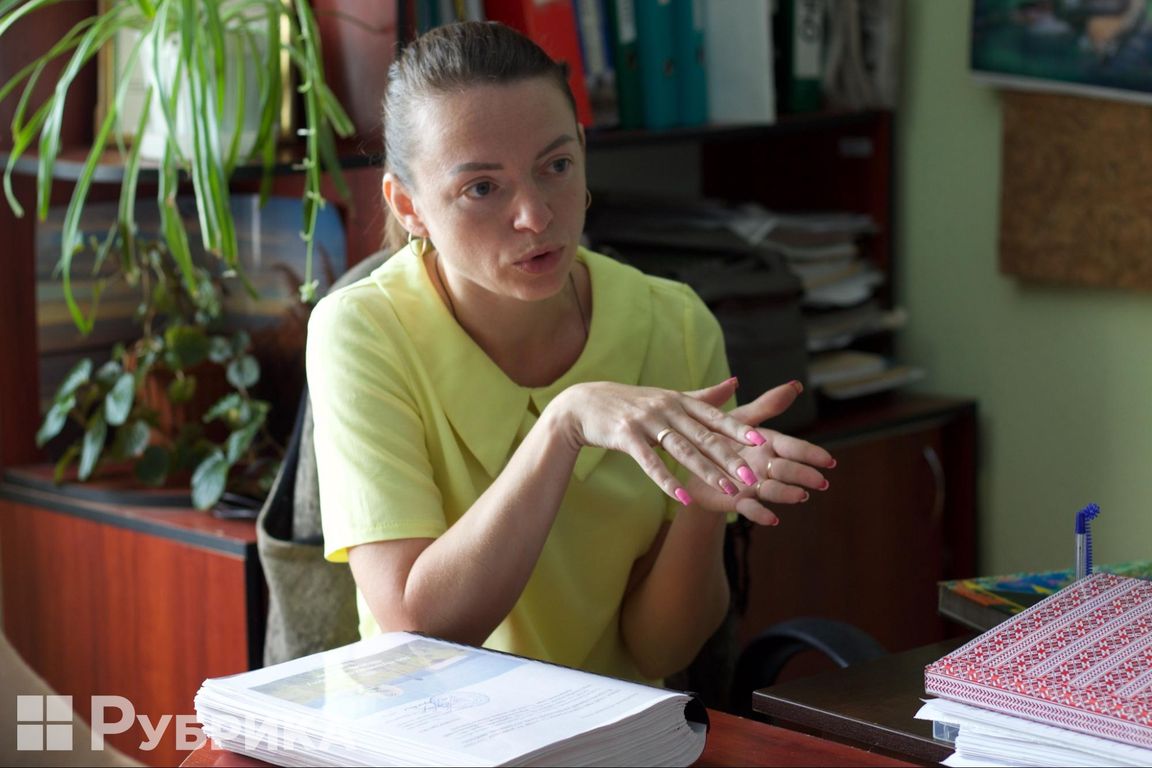
In the photo: Yulia, a park employee from the Department of Recreation and Environmental Education at the office of the Tuzly Lagoons National Nature Park
"Now we are doing limited work with children. There is no bomb shelter on the territory, but we try to carry out work in libraries or children's art houses, but we do not leave the territory. Schools and kindergartens do not work. Therefore, now we are setting up methodological materials, giving them to schools," Yulia tells us already in the Tuzly Lagoons National Nature Park office.
Some projects are carried out in the form of competitions. One of these is Poseidon's Emerald Charm. It is a timeless competition in which children plant plants and take care of them.
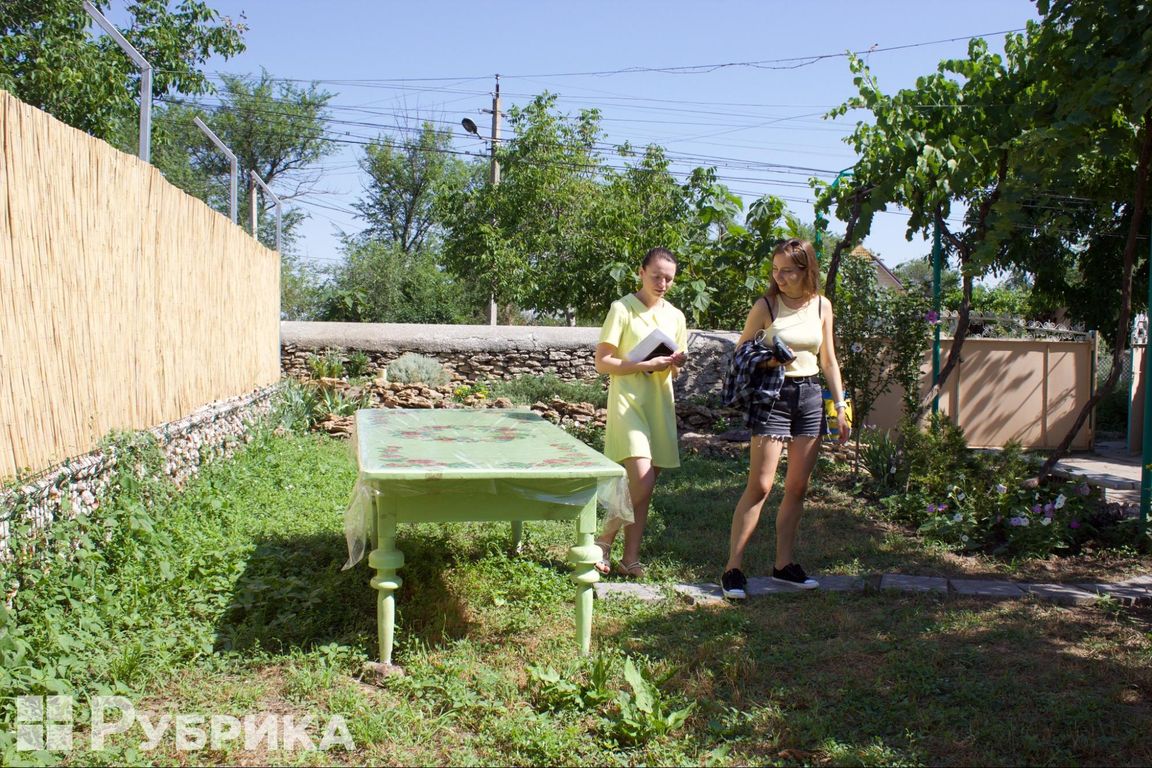
In the photo: the courtyard of the office of the Tuzly Lagoons National Nature Park. The office was made in the building of a rural house, and everything on the territory suggests that people often talk about the sea here: even the fence is decorated with large sea shells.
"Every year, there is a different theme. Last year the children explored coastal protective strips, measured, identified violations, and wrote letters to the village council. We sorted garbage in all schools and taught and conducted lessons. They organized locations where they sorted garbage. This year we wanted to turn to history so that the children could talk to their grandparents and the elderly so that they could tell how it was and how it became. Over time, we want to create an exposition on how the estuaries have changed since we started protecting nature. Recently, we held an event in the children's art house dedicated to the Day of Captive Dolphins, which was yesterday. We held an event with 4-6 years old kids. We played, put together puzzles, danced, and acted out saving the dolphin.
There is no doubt that children who learn such lessons independently explore nature and learn to take care of it. After this report, even we, adults, wanted to turn into explorers at least for a day to stay longer in this incredible place.
Photo for material: Yevhenia Gapotchenko
The material was prepared as part of the competition "Environmental Chronicles: How the russian Invasion Affects the Environment of Ukraine," implemented by the NGO "Internews-Ukraine" with the financial support of Journalismfund.eu.


